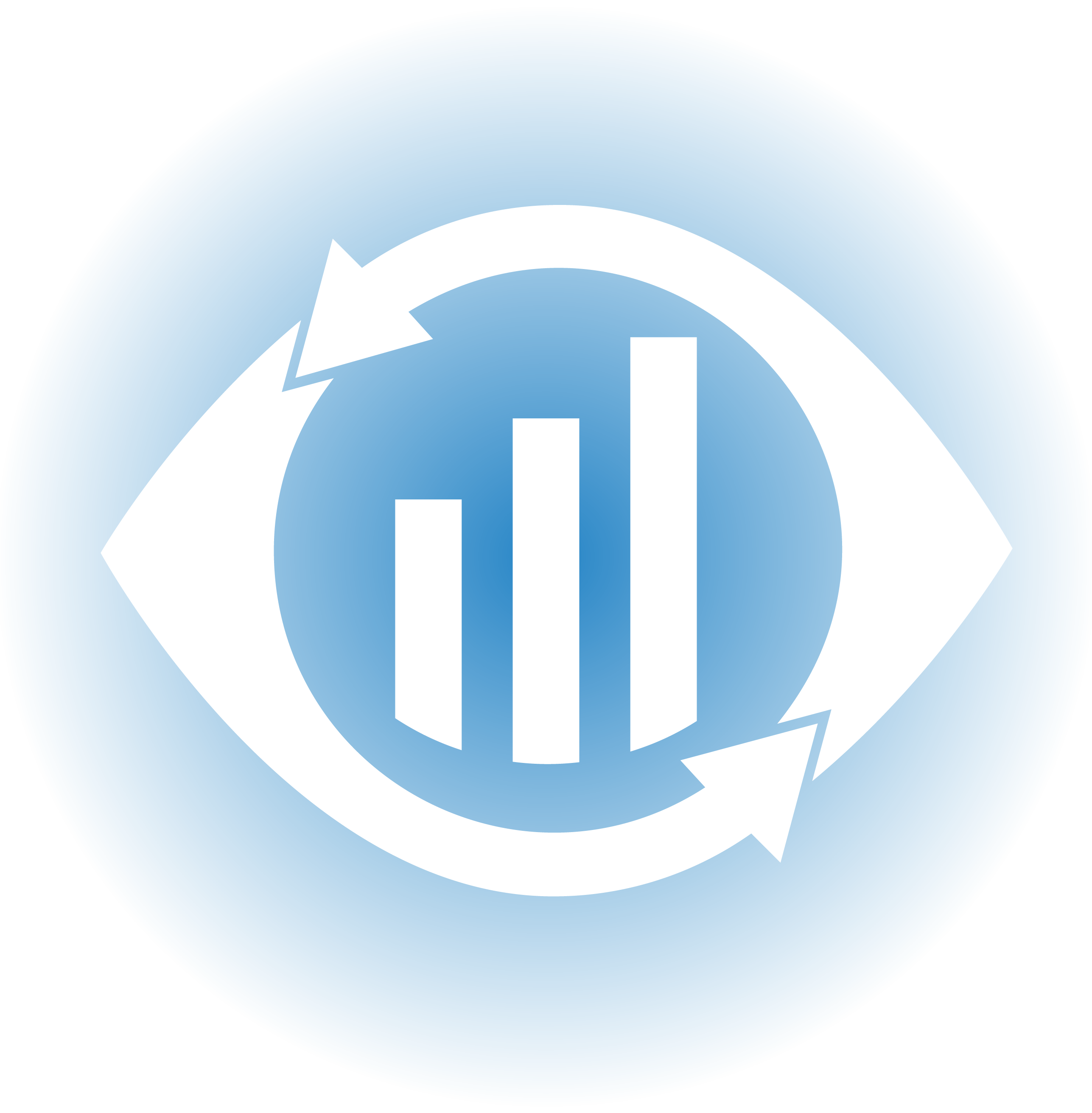The Philippines is battling one of the worst Covid-19 outbreaks in Asia and the tough restrictions that have been in place over the past year have caused gross domestic product to contract for five quarters, including a 4.2% drop in the first three months of 2021.
“The number of infections has remained elevated, which has led to one of the strictest lockdowns in the world,” says Sian Fenner, lead Asia economist at Oxford Economics. “It has really weighed on household spending in an economy that is driven by domestic demand rather than exports.”
As of June 10, the country had 1.29 million cases of Covid-19 and 22,312 deaths.
The economic fallout from Covid-19 has led to sharp drops in pre-tax profits and return on equity at leading commercial banks. “Philippine banks have had to contend with a fundamentally weaker operating environment,” says Willie Tanoto, director of Fitch’s Asia-Pacific financial institutions.
Past growth areas, such as consumer loans, have shrunk considerably as rising unemployment eats into household incomes. Unemployment stood at 8.7% in April, compared to 4.5% at the end of 2019, according to the Philippine Statistics Authority.
The central bank, Bangko Sentral ng Pilipinas (BSP), cut its key interest rate five times in 2020 in an attempt to limit the economic damage, and reduced banks’ reserve requirement ratio to 12%. In an interview with Nikkei Asia published on June 2, BSP governor Benjamin Diokno said he was “open to doing more”, suggesting further measures this year.
Credit growth has been disappointing, suggesting low demand for loans despite loose monetary conditions
Capital Economics expects the BSP to cut rates by a further 25 basis points in the second half of 2021. “It’s quite a downbeat outlook for the banking sector,” says Alex Holmes, Asia economist at Capital Economics. “Credit growth has been disappointing, suggesting low demand for loans despite loose monetary conditions.”
Bank lending contracted by 5% year-on-year in April, according to the BSP. “On the demand side, not many people want to borrow at the moment because the economy is so weak,” Mr Holmes says.
Credit risk rising
The economic strain will impact Philippine banks’ credit growth, asset quality and earnings this year, says Nikita Anand, Philippine banks analyst at S&P Global Ratings. “For the banks, we see high credit risk because of the delayed economic recovery.”
S&P Global and Fitch forecast the non-performing loan (NPL) ratio for the Philippine banking system will reach 6% by the end of 2021, led by souring loans to small and medium-sized enterprises and consumers.
Despite the negative outlook, the country’s large banks are well placed to weather the storm, Ms Anand says. Many leading Philippine banks are part of large conglomerates with diverse business profiles and good access to liquidity. “The Philippines is a very conglomerate-driven landscape. There’s abundant liquidity in the banking system,” she adds.
Banks made substantial provisions last year of 2% of total loans, compared with a historical average of 0.4%, according to S&P Global. “A Tier 1 capital ratio of 14% and adequate provisioning on stressed loans provide a cushion against downside risks,” Ms Anand says.
Despite everything, the banks are in decent shape, says Fitch’s Mr Tanoto. “They have sufficient profitability to take a huge hit on credit impairment last year, and have built up significant buffers. NPLs are rising at a pretty fast clip, but they still have sufficient reserves. They are fundamentally weakened, but they are not in crisis mode,” he says. “The long-term fundamentals of the banks, and of the Philippine economy, remain intact. We are expecting a relatively vigorous economic rebound this year that will bring the banking sector back on course.”
